-
 bitcoin
bitcoin $107208.295278 USD
-1.54% -
 ethereum
ethereum $3874.629914 USD
-1.38% -
 tether
tether $1.000440 USD
0.03% -
 bnb
bnb $1089.465513 USD
-5.53% -
 xrp
xrp $2.327672 USD
-1.65% -
 solana
solana $184.766505 USD
-0.73% -
 usd-coin
usd-coin $1.000076 USD
0.02% -
 tron
tron $0.310632 USD
-1.99% -
 dogecoin
dogecoin $0.187615 USD
-1.60% -
 cardano
cardano $0.633389 USD
-2.75% -
 ethena-usde
ethena-usde $0.999553 USD
0.03% -
 hyperliquid
hyperliquid $35.608231 USD
-4.13% -
 chainlink
chainlink $16.876114 USD
-3.98% -
 stellar
stellar $0.312239 USD
-0.91% -
 bitcoin-cash
bitcoin-cash $473.262969 USD
-7.09%
How to integrate the WMA indicator with the ADX for trend strength?
Combining WMA and ADX helps crypto traders identify strong trends and filter out noise, improving entry timing and reducing false signals in volatile markets.
Oct 14, 2025 at 01:36 am
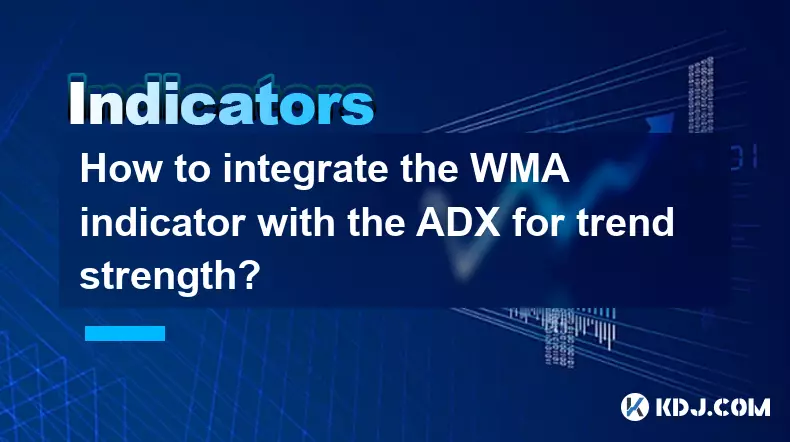
Understanding the WMA and ADX Indicators in Crypto Trading
1. The Weighted Moving Average (WMA) assigns greater importance to recent price data, making it more responsive to new information compared to simple moving averages. In fast-moving crypto markets, this sensitivity helps traders detect trend changes earlier. Because cryptocurrencies often experience sharp price swings, using WMA allows for a smoother representation of momentum while reducing lag.
2. The Average Directional Index (ADX) measures the strength of a trend regardless of its direction. It operates on a scale from 0 to 100, with readings above 25 typically indicating a strong trend. When combined with directional movement indicators (+DI and -DI), ADX provides insight into whether an uptrend or downtrend is gaining momentum. This is especially useful in volatile digital asset markets where false breakouts are common.
3. Integrating WMA with ADX enables traders to filter out noise and focus on high-probability setups. A rising ADX confirms that a trend is strengthening, while the WMA acts as dynamic support or resistance. When price remains above an upward-sloping WMA and ADX climbs above 25, it signals a robust bullish trend. Conversely, prices below a declining WMA with a rising ADX suggest a powerful bearish move.
Practical Steps to Combine WMA and ADX
1. Begin by applying a 14-period WMA to the price chart of a cryptocurrency such as Bitcoin or Ethereum. This period offers a balance between responsiveness and smoothing. Plot the WMA directly on the candlestick chart to visualize how price interacts with the moving average over time.
2. Add the ADX indicator with the same period setting (typically 14) along with the +DI and -DI lines. Monitor when the ADX line crosses above 25, which indicates increasing trend strength. At this point, check the relationship between price and the WMA to determine trend alignment.
3. Look for confluence: if the price is trading above the WMA and the ADX is rising above 25 while +DI is above -DI, this reinforces a valid long opportunity. On the flip side, if price is below the WMA, ADX exceeds 25, and -DI dominates +DI, consider short positions.
4. Avoid entering trades when ADX is below 20, as this suggests a weak or ranging market. Even if price touches the WMA, low ADX values mean the trend lacks conviction, increasing the risk of whipsaws. Wait for ADX to confirm strength before acting.
Using both indicators together reduces false signals and increases the reliability of trade entries in trending crypto markets.Case Example in a Bull Run Scenario
1. During a notable upward movement in Solana’s price, the 14-period WMA began sloping higher, and the price consistently held above it. This suggested underlying buying pressure and a developing uptrend.
2. At the same time, the ADX line rose from 18 to 36 within ten days, confirming that the upward momentum was not just a spike but a sustained directional move. The +DI line remained above -DI, reinforcing bullish control.
3. Traders who recognized this combination could have entered long positions with tighter stop-losses near the WMA. The synergy between the rising ADX and price holding above WMA provided confidence that the trend had staying power.
4. As long as ADX stayed above 25 and price did not close significantly below the WMA, the trend signal remained valid. A drop in ADX later signaled weakening momentum, prompting caution even if price remained above the average.
Risk Management and Confirmation Techniques
1. Never rely solely on WMA and ADX without additional context. Volume analysis can help verify whether the trend has backing from significant market participation. A rising ADX with declining volume may indicate a trap rather than genuine strength.
2. Use horizontal support and resistance levels alongside the WMA-ADX strategy. For example, a breakout above resistance supported by strong ADX growth and price holding above WMA increases the validity of the move.
3. Set stop-loss orders just below the WMA in uptrends or above it in downtrends. Since WMA reacts quickly to price changes, it serves as a dynamic level for protecting capital when the trend reverses unexpectedly.
Combining WMA’s sensitivity with ADX’s trend-strength assessment creates a robust framework for navigating unpredictable crypto price action.Frequently Asked Questions
What does it mean if ADX is rising but price is near the WMA?It suggests that trend strength is increasing, but the market may be testing key support or resistance. Watch for a decisive breakout beyond the WMA to confirm continuation.
Can WMA and ADX be used on lower timeframes like 15-minute charts?Yes, they can, but expect more frequent signals and increased noise. Adjusting the periods slightly (e.g., 9-period WMA and ADX) may improve responsiveness without sacrificing too much accuracy.
How do you handle conflicting signals between DI lines and price position relative to WMA?If +DI is above -DI but price is below WMA, the bullish signal lacks confirmation. Wait for price to reclaim the WMA before considering longs. Alignment across all components increases probability.
Is the WMA-ADX strategy effective during sideways markets?No, it performs poorly when ADX remains below 20 and price oscillates around the WMA. Such conditions indicate range-bound behavior, where trend-following tools generate misleading entries.
Disclaimer:info@kdj.com
The information provided is not trading advice. kdj.com does not assume any responsibility for any investments made based on the information provided in this article. Cryptocurrencies are highly volatile and it is highly recommended that you invest with caution after thorough research!
If you believe that the content used on this website infringes your copyright, please contact us immediately (info@kdj.com) and we will delete it promptly.
- Jupiter Exchange's Ultra V3: A New Era for Solana Trading
- 2025-10-18 16:25:12
- Investors, Centralization Risks, and Top Coins: Navigating the Crypto Landscape
- 2025-10-18 16:45:16
- Uniswap, Solana, and Liquidity: Bridging the DeFi Divide
- 2025-10-18 16:45:16
- Bitcoin Price Target: Analysts Eye $125K Amidst Market Jitters
- 2025-10-18 16:50:13
- Solana, ADA, SUI: Navigating the Altcoin Landscape in a Shifting Market
- 2025-10-18 16:50:13
- DOGE Price Recovery: Is a Major Rally on the Horizon?
- 2025-10-18 16:55:12
Related knowledge
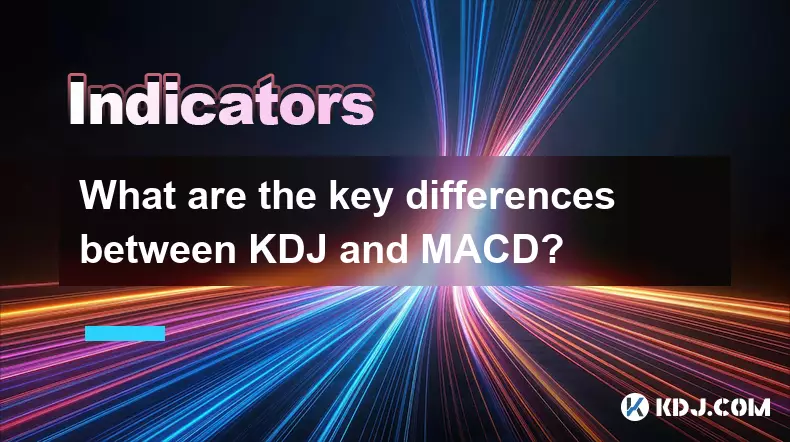
What are the key differences between KDJ and MACD?
Oct 18,2025 at 04:54am
KDJ Indicator: Core Mechanics and Usage1. The KDJ indicator is a momentum oscillator that combines the features of the Stochastic Oscillator with an a...
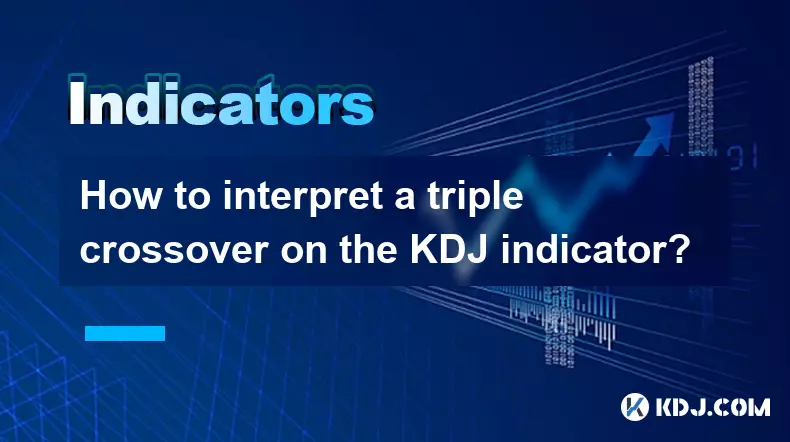
How to interpret a triple crossover on the KDJ indicator?
Oct 18,2025 at 01:54pm
Understanding the Triple Crossover in KDJ Indicator1. The KDJ indicator, a derivative of the Stochastic Oscillator, consists of three lines: K, D, and...
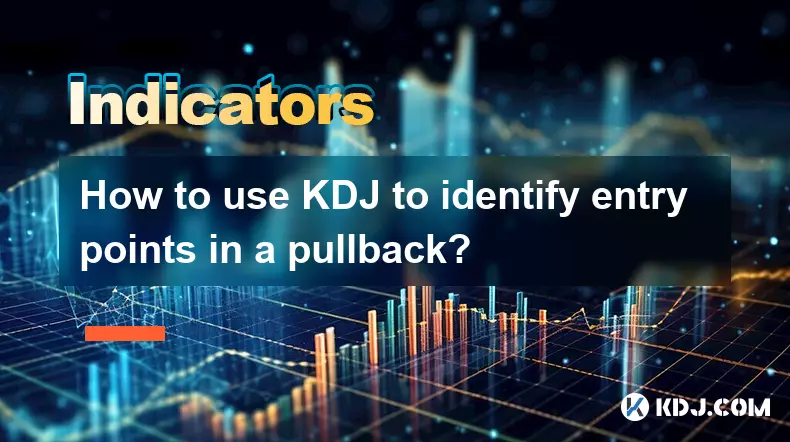
How to use KDJ to identify entry points in a pullback?
Oct 18,2025 at 09:36am
Understanding KDJ in the Context of Pullbacks1. The KDJ indicator, an extension of the stochastic oscillator, consists of three lines: %K, %D, and %J....
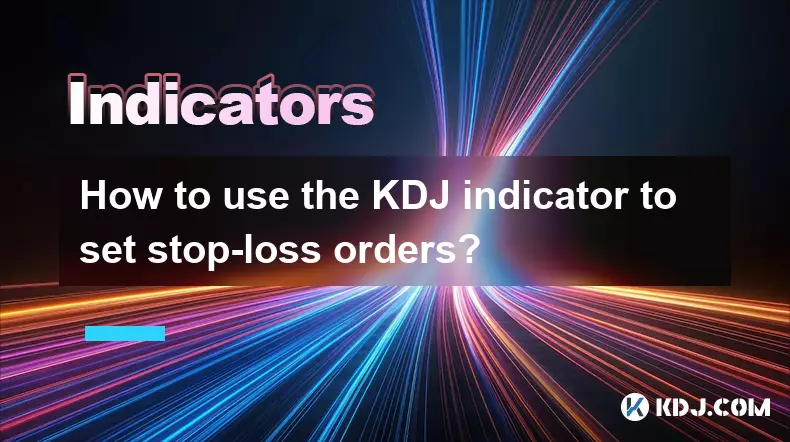
How to use the KDJ indicator to set stop-loss orders?
Oct 18,2025 at 05:18am
Understanding the KDJ Indicator in Cryptocurrency Trading1. The KDJ indicator, also known as the Stochastic Oscillator with J-line adjustment, is wide...
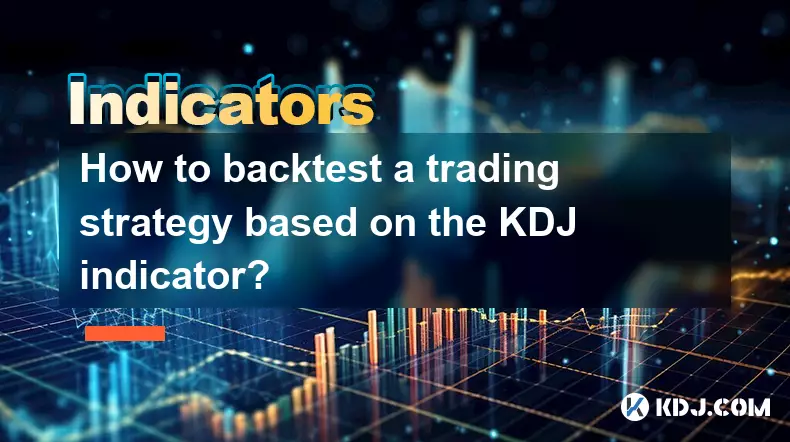
How to backtest a trading strategy based on the KDJ indicator?
Oct 18,2025 at 09:00am
Understanding the KDJ Indicator in Trading1. The KDJ indicator, also known as the Stochastic Oscillator with a momentum twist, combines three lines—K,...

What's the main difference between VWAP and TWAP?
Oct 12,2025 at 11:54am
Understanding VWAP and Its Role in Crypto Trading1. Volume Weighted Average Price (VWAP) is a trading benchmark that calculates the average price of a...

What are the key differences between KDJ and MACD?
Oct 18,2025 at 04:54am
KDJ Indicator: Core Mechanics and Usage1. The KDJ indicator is a momentum oscillator that combines the features of the Stochastic Oscillator with an a...

How to interpret a triple crossover on the KDJ indicator?
Oct 18,2025 at 01:54pm
Understanding the Triple Crossover in KDJ Indicator1. The KDJ indicator, a derivative of the Stochastic Oscillator, consists of three lines: K, D, and...

How to use KDJ to identify entry points in a pullback?
Oct 18,2025 at 09:36am
Understanding KDJ in the Context of Pullbacks1. The KDJ indicator, an extension of the stochastic oscillator, consists of three lines: %K, %D, and %J....

How to use the KDJ indicator to set stop-loss orders?
Oct 18,2025 at 05:18am
Understanding the KDJ Indicator in Cryptocurrency Trading1. The KDJ indicator, also known as the Stochastic Oscillator with J-line adjustment, is wide...

How to backtest a trading strategy based on the KDJ indicator?
Oct 18,2025 at 09:00am
Understanding the KDJ Indicator in Trading1. The KDJ indicator, also known as the Stochastic Oscillator with a momentum twist, combines three lines—K,...

What's the main difference between VWAP and TWAP?
Oct 12,2025 at 11:54am
Understanding VWAP and Its Role in Crypto Trading1. Volume Weighted Average Price (VWAP) is a trading benchmark that calculates the average price of a...
See all articles























![[4K 60fps] 5upreme by RoyalP (1 coin) [4K 60fps] 5upreme by RoyalP (1 coin)](/uploads/2025/10/18/cryptocurrencies-news/videos/k-fps-upreme-royalp-coin/68f2e6c9ef491_image_500_375.webp)


















































